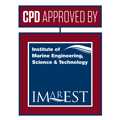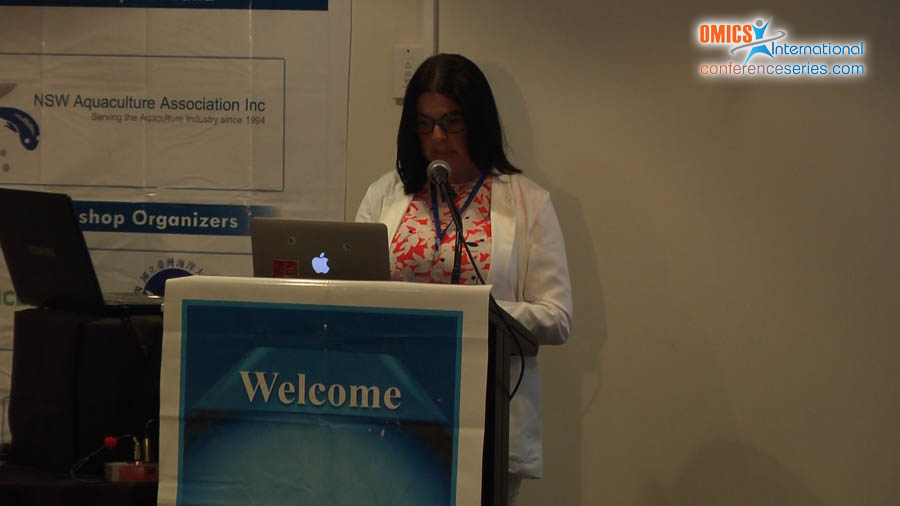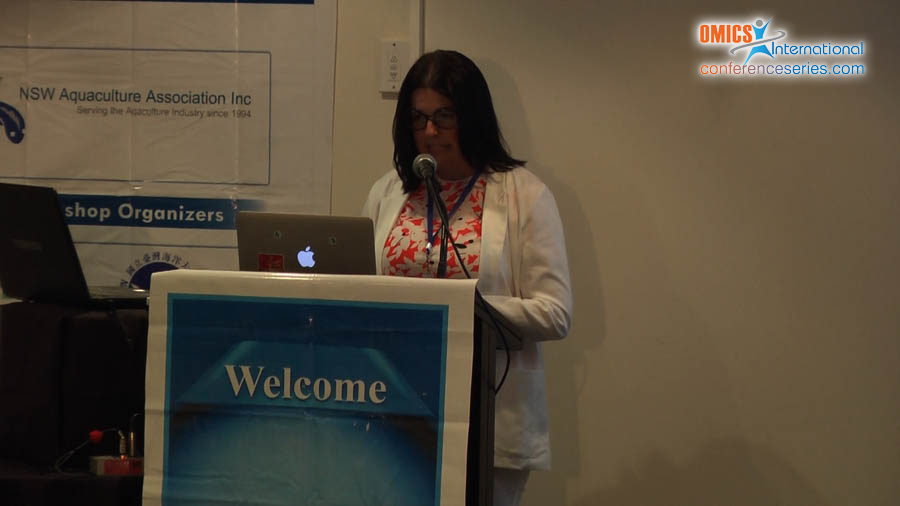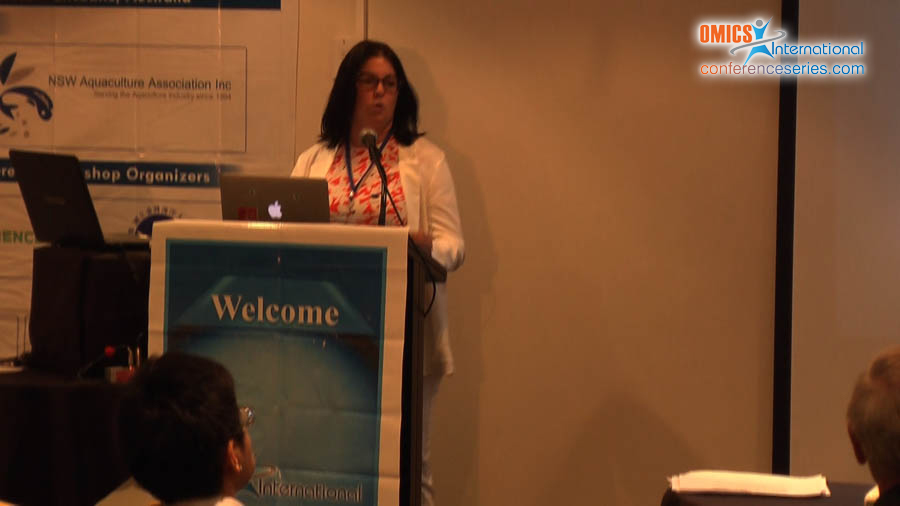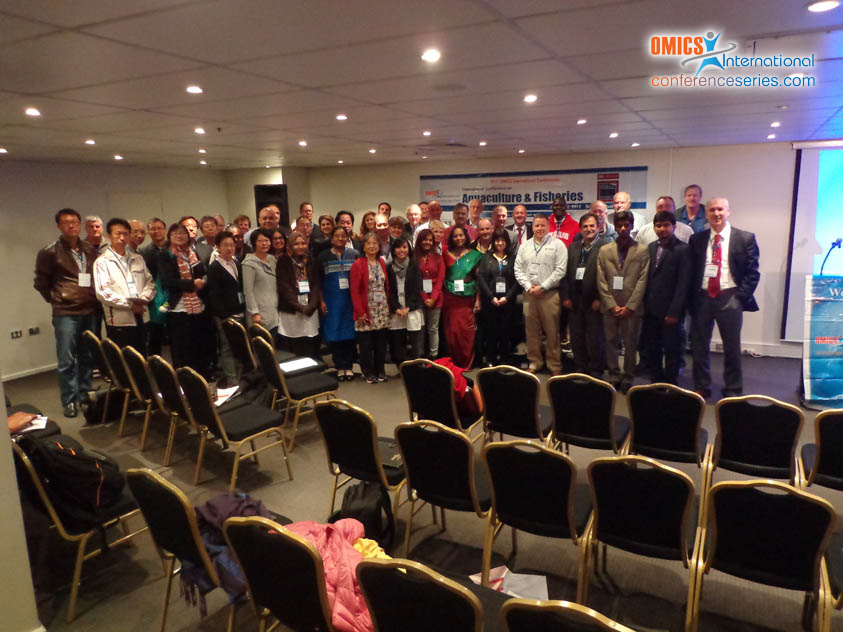
Irene Dahl
Artic University of Norway
Norway
Title: Regional governance of the relation between aquaculture and wild salmon in the north Atlantic
Biography
Biography: Irene Dahl
Abstract
Marine aquaculture is a major element of fisheries production in Northern Atlantic countries; in Norwaythe realized amount of farmed fish in 2013 had a value of 40 billion NOK. It is an expressed aim that the sector shall increase. The Norwegian Government initiated a consultation procedure in June 2014 with time limit for comments 6 January 2015. The main content in the legal amendment is permission for established actors to increase maximum allowable biomass within licences for salmon, trout and rainbow trout with 5%. Several of the bodies entitled to comment are not implicit positive to such an increase. The Norwegian Food Safety Authority advises against a permanent increase of the production capacity before the industry has better control with the situation of salmon louse. On the contrary, 15 December 2015 the authority announces that it withdraws the license for a portion of the production of several facilities, on the reasons of significant amount of louse. The salmon louse is a native parasite on wild salmon, and it falls of after short time in freshwater. However, if the amount of louse on one unit increases, the skin will suffer from sores that may result in other organisms of infection. The problem with escaping salmon from net cages contributes to a further escalating of the distribution of louse. In a recent research report, the Norwegian Institute of Marine Research concludes that the Alta fjord in Finnmark (a national salmon fjord) is under an increasing pressure from salmon louse. The increase was significant in areas with aquaculture. The report contains several similar cases. The paper examines to what extent existing international legal framework, especially within the North Atlantic Salmon Conservation Organization (NASCO), deals with the conflict between the aim of constant more food resources from aquaculture and the aim of conservation of the wild salmon.
